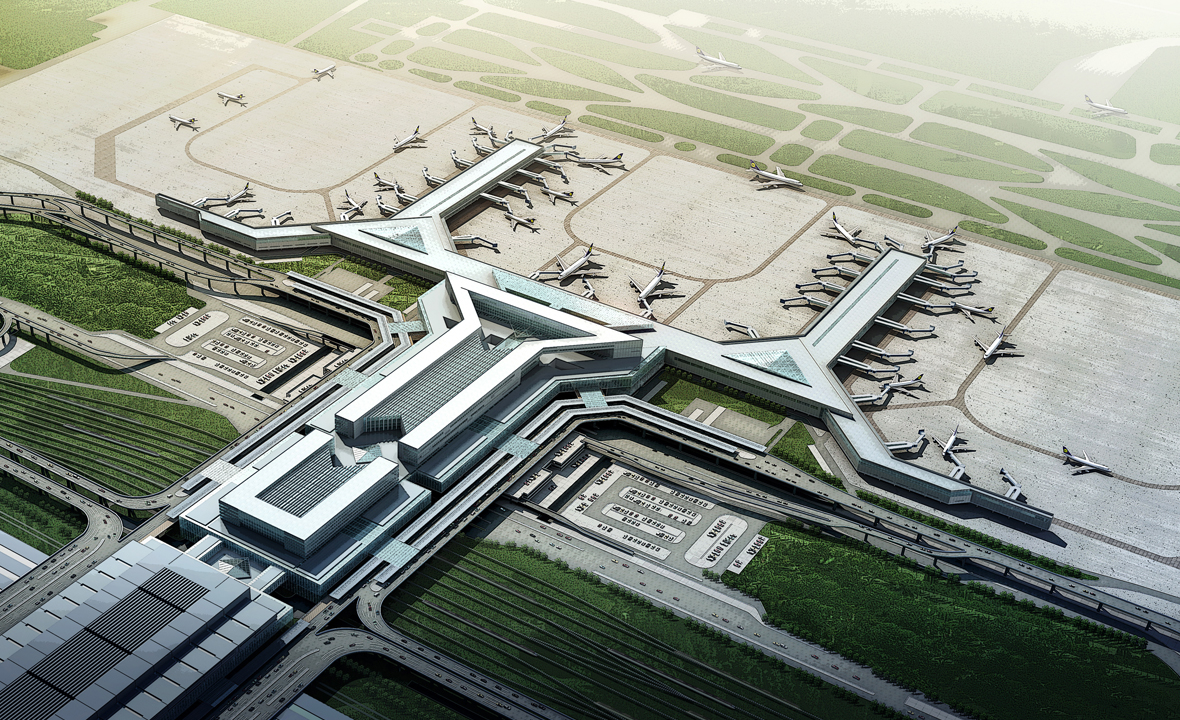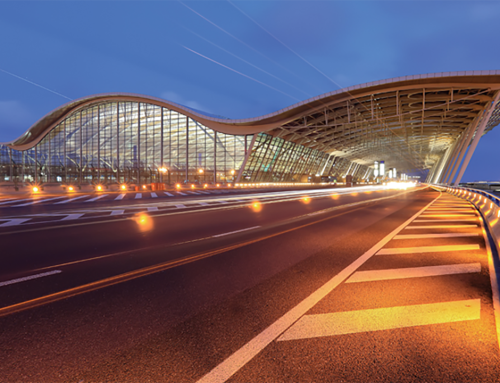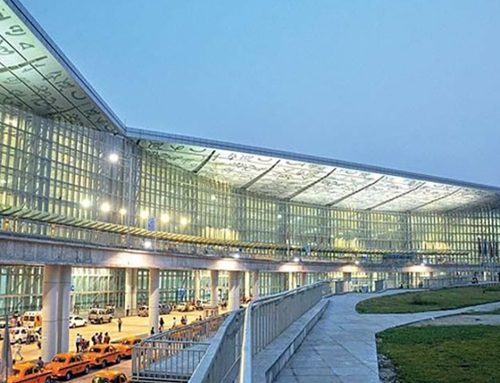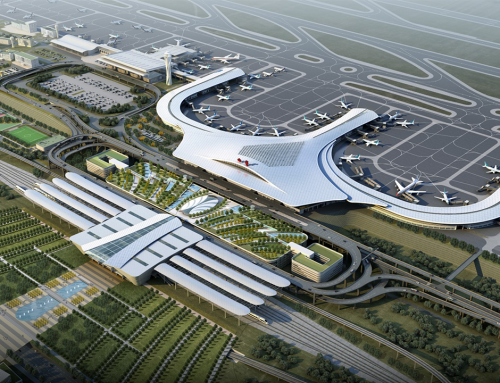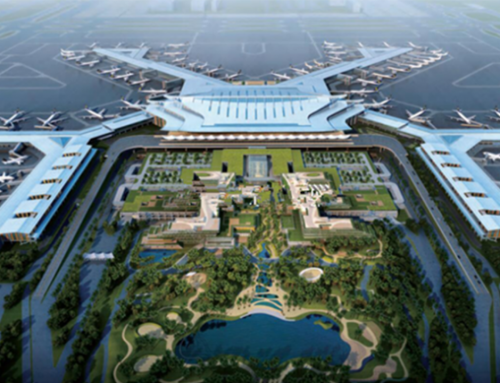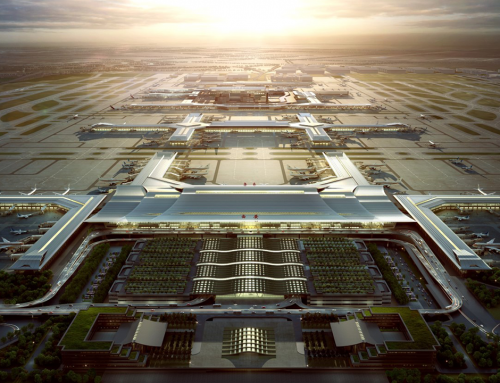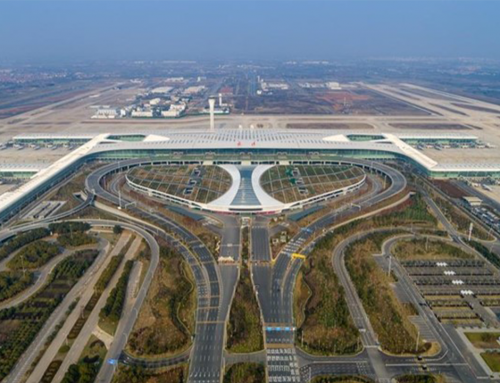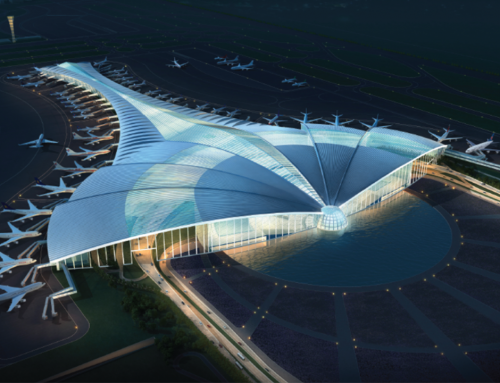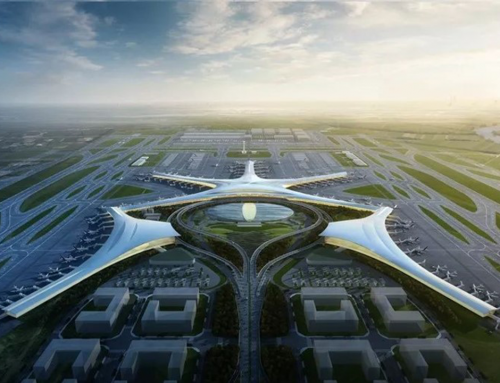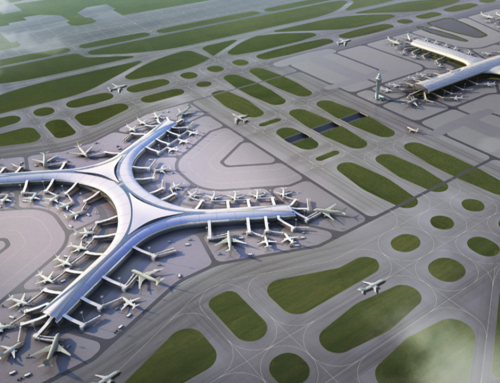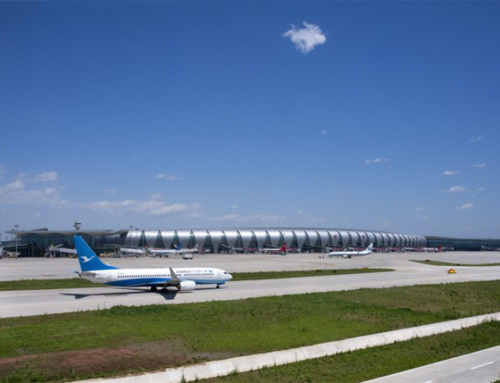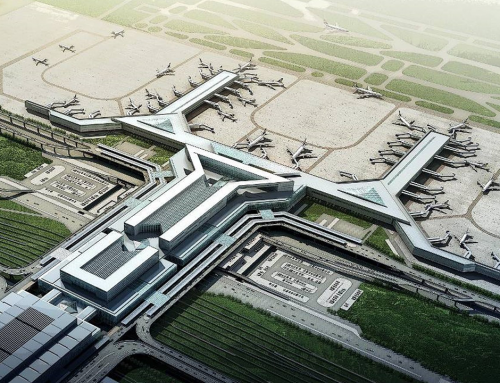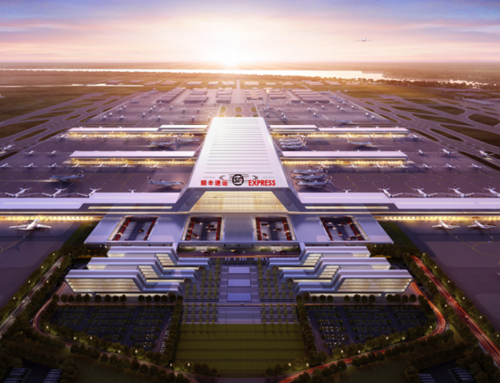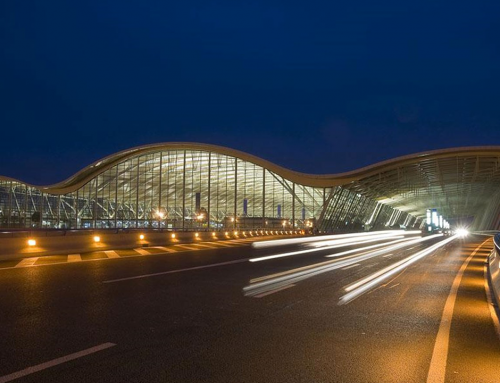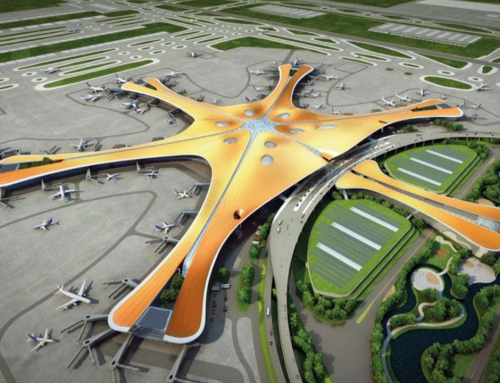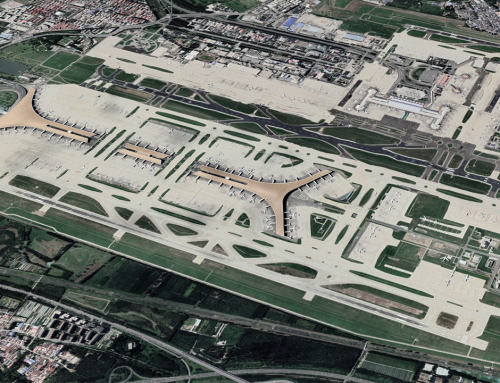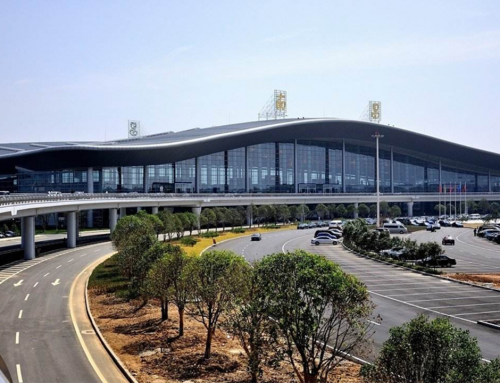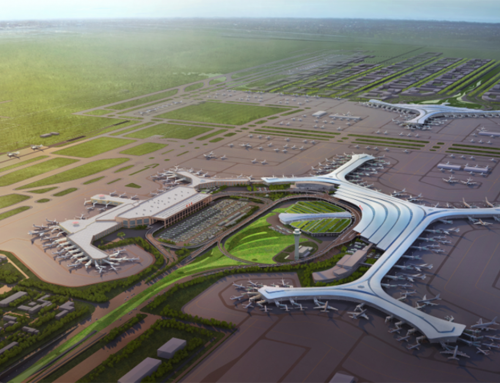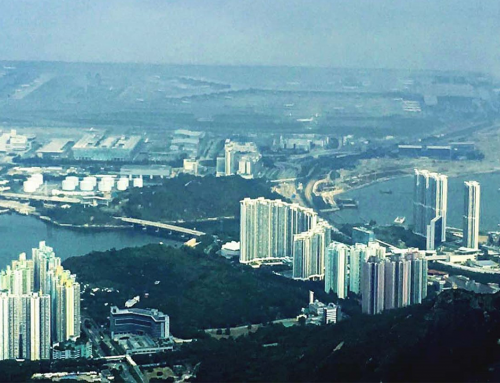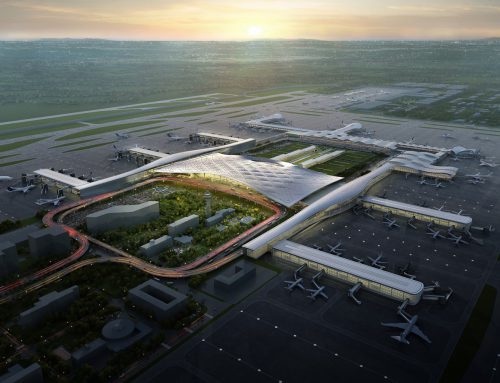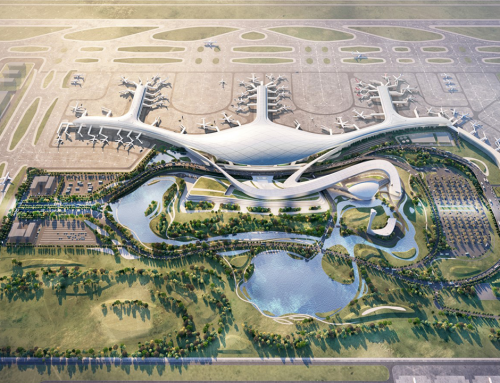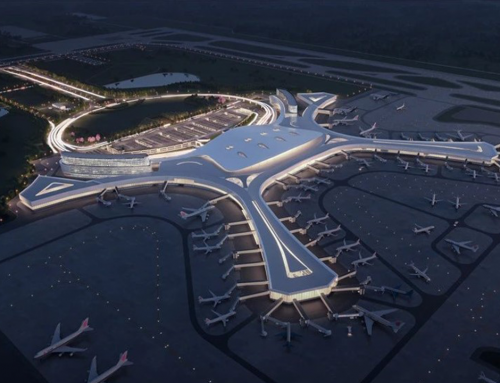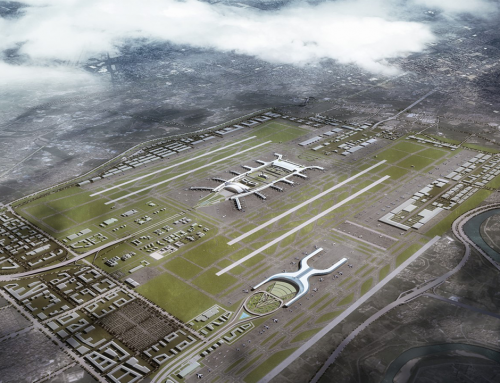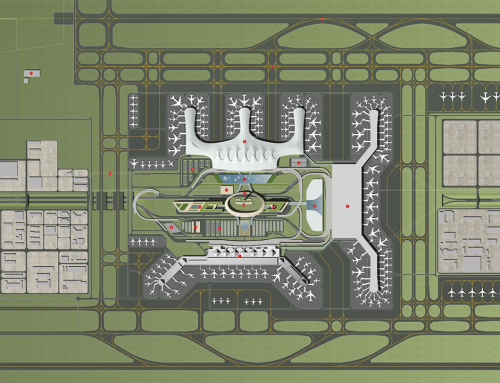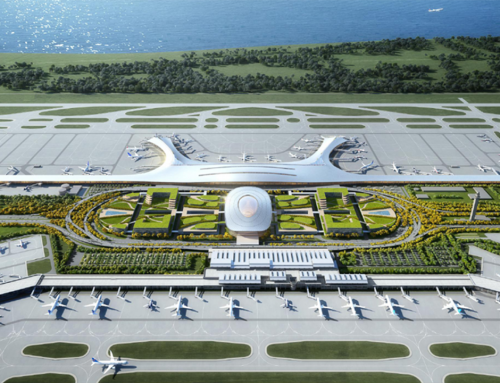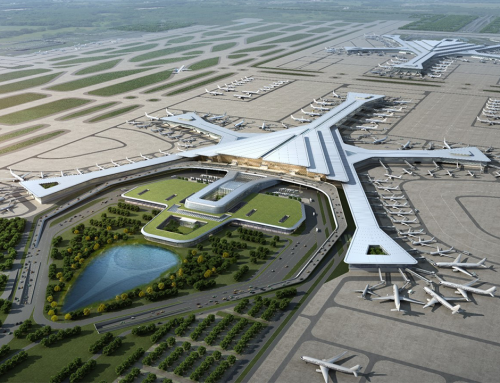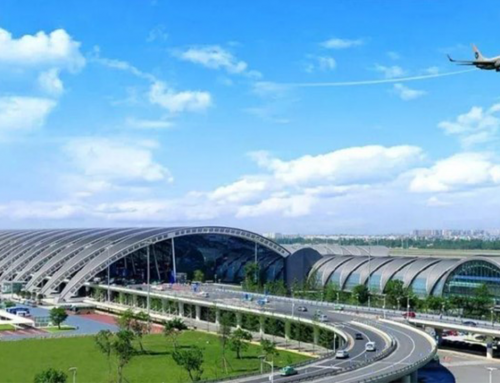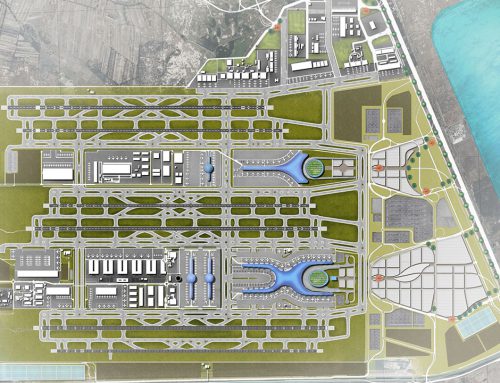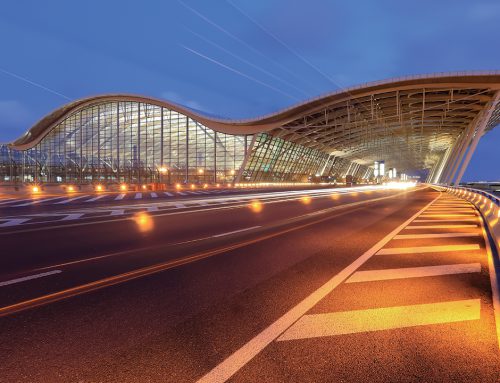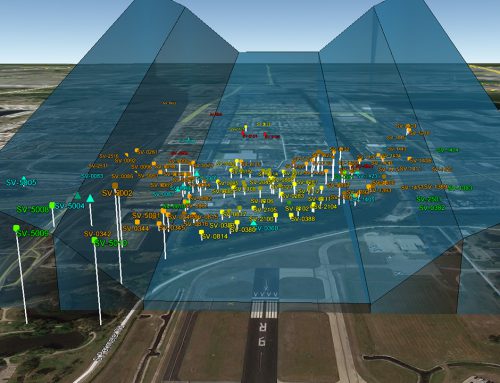Project Description
Shanghai Hongqiao International Airport
Client: Government of China
A consortium lead by L&B won the international competition for the concept design and urban plan for the Shanghai Hongqiao International Airport regional ground transport center.
The urban planning component involved the review of a 26.6 square kilometer study area, which included the existing Hongqiao Airport (approximately 13 square kilometers), industrial, commercial, residential, open space, navigable canals and primary ground transportation corridors. The City of Shanghai provided the existing land use designations and zoning for the study area. The airport expansion along the west boundary included the addition of a new west terminal that would be part of an integrated Airport Air-Rail Center Station that included Maglev, Metro, High-speed rail as well as local bus and private vehicle traffic within a 1.6 square kilometer core development area.
The LBWS/ECADI team proposed a 9.4 square kilometer Detailed Planning Area concept, surrounding the Core Development Area, which included revised land use types, densities, roadways, landscape and pedestrian access that connected the integrated transportation center. The plan:
- Identified and established Airport and Transit Compatibility Zones that recognized existing and long-range impacts of noise, traffic and potential safety hazard on adjacent land uses. Land uses within these zones were limited appropriate to adjacency opportunities and risks.
- Defined Flexible Land Use Category Definitions to allow flexibility for market driven development while still protecting the intent of the Air Rail Transportation Center, consistent with the long-term airport growth and Shanghai City’s established plans and potential financial benefit
- Limited Ground Transportation Access by routing other vicinity ground traffic away from the transit center curbs and parking areas.
- Separated and Enhanced Pedestrian Access in the Detailed Planning Area, so Airport and transit passengers would experience less delays, pedestrians would have higher levels of safety and greater convenience.
